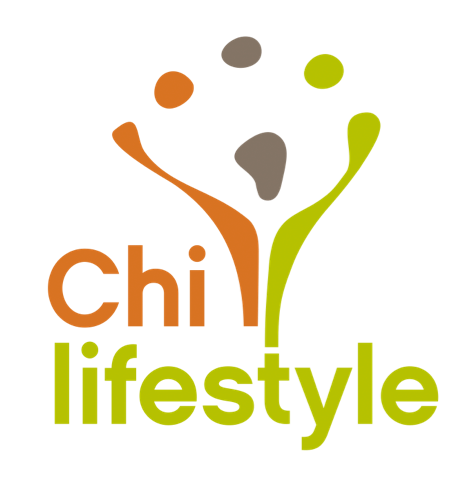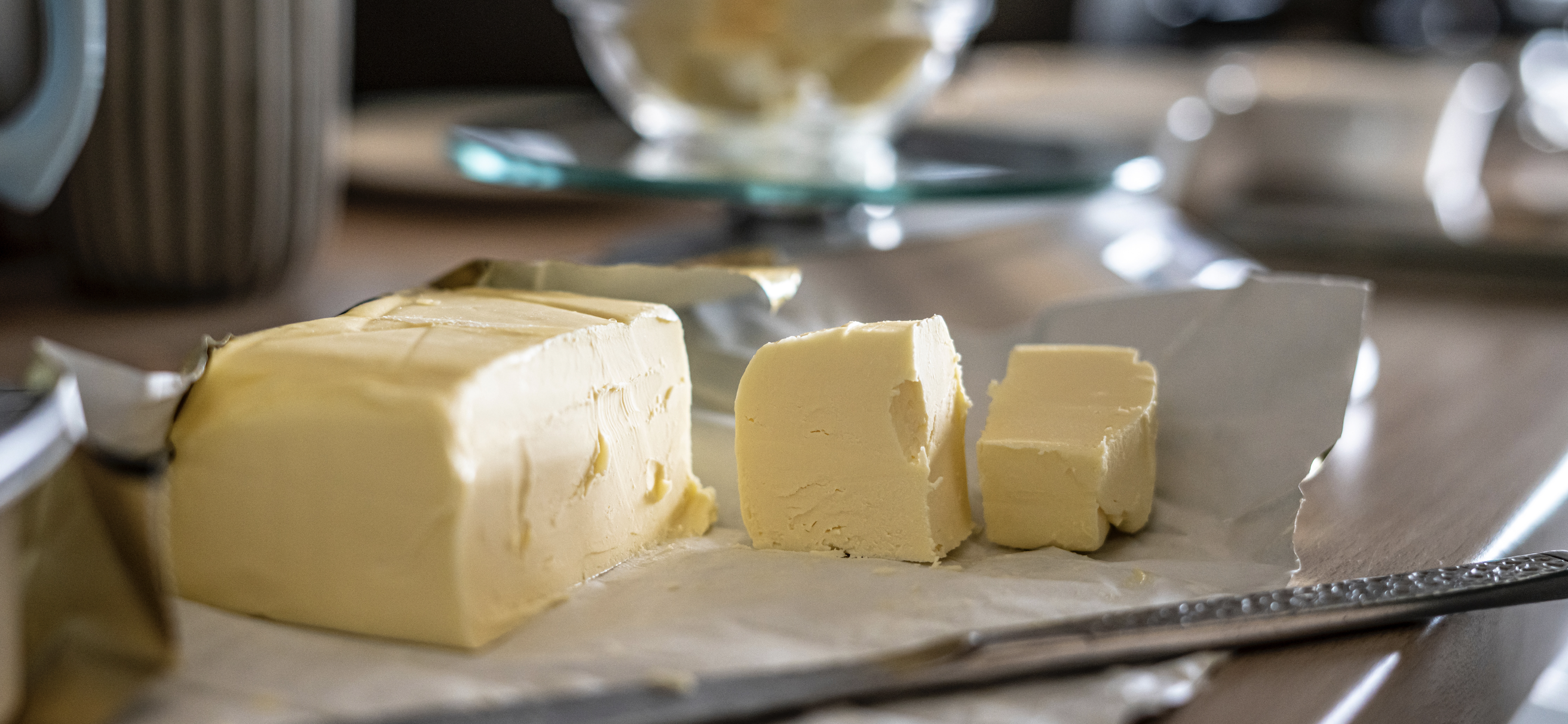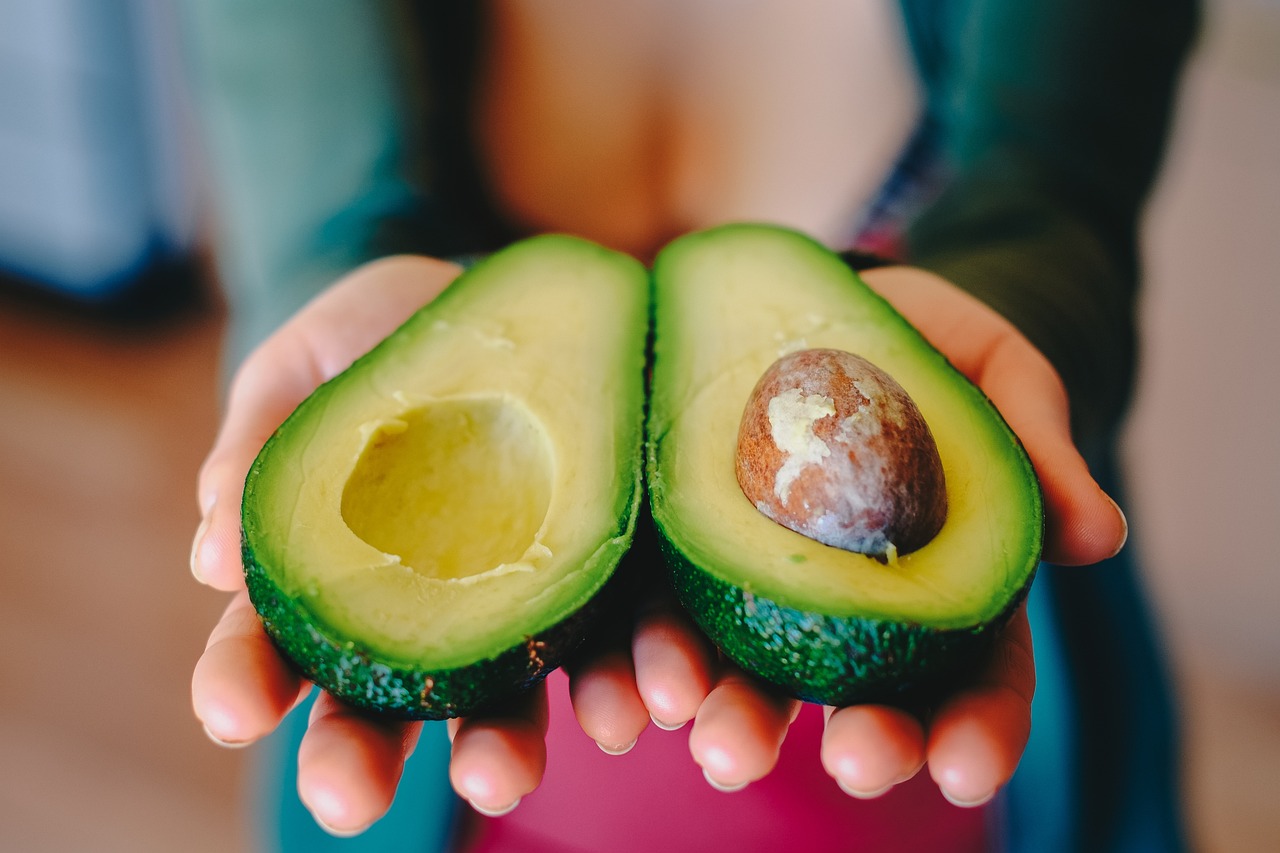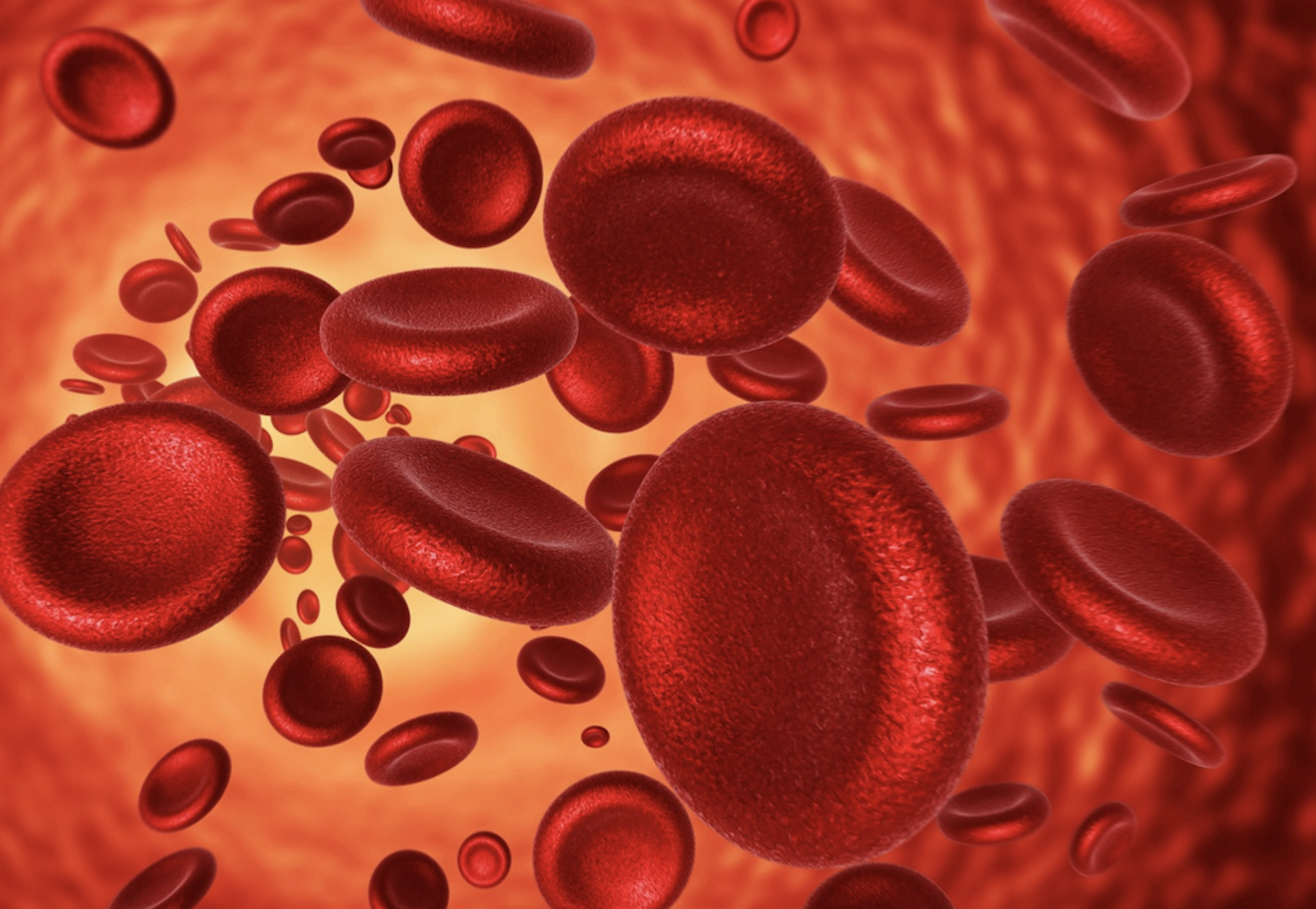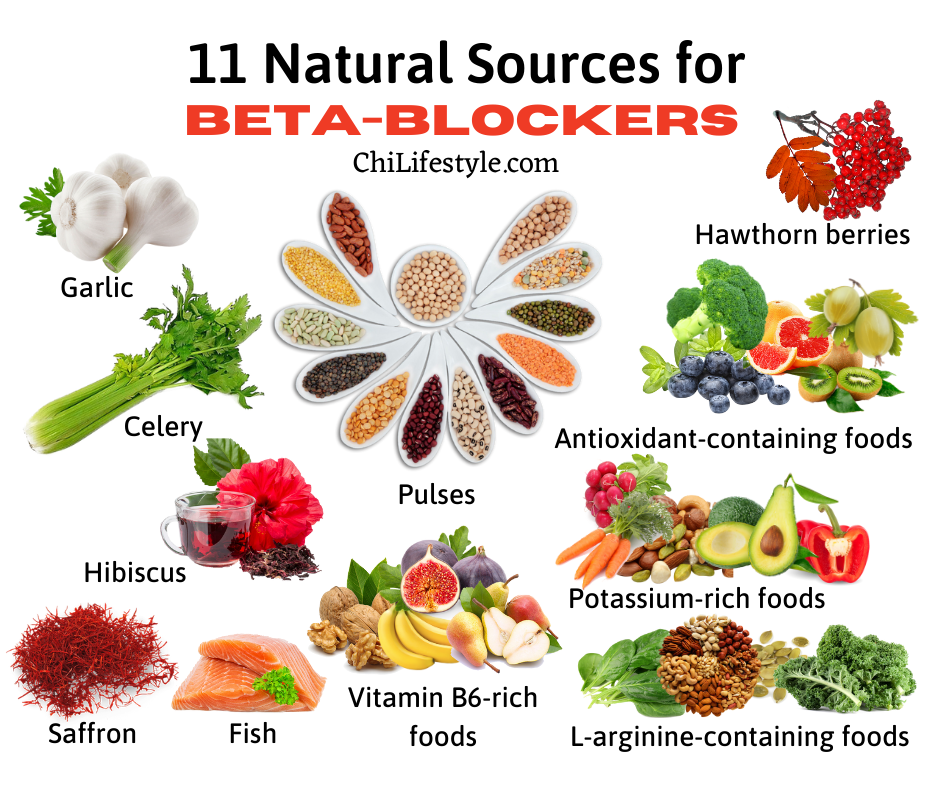
What are beta-blockers?
Let’s first discuss the drugs.
Beta-blockers are a type of drug that reduces stress on the heart. Their main effects are lowering heart rate and blood pressure.
When are beta-blockers prescribed?
- cardiovascular conditions, for example, after a heart attack
- angina pectoris
- high blood pressure (hypertension)
- irregular heartbeat (arrhythmia)
- hyperthyroidism
- anxiety
- migraine
Effects of beta-blockers
- your blood pressure drops
- your heart rate lowers
- your heart pumps blood more slowly
How do beta-blockers work?
Beta-blockers work by blocking stress hormones in the nervous system that manage the body’s stress responses during heavy physical effort or emotional stress.
The body makes three stress hormones: adrenaline, noradrenaline, and cortisol. The stress hormones work via the so-called beta receptors.
Beta-blockers block the action of these beta receptors. As a result, stress hormones can no longer do their job. This can cause a person’s heart rate to slow down, pumping less blood, easing stress on the heart, and reducing blood pressure. As a result, the heart needs less oxygen to function properly.
Side effects of beta-blockers
- dizziness
- gastrointestinal symptoms (nausea, vomiting, diarrhea, or constipation)
- cold hands and feet
- sweating
- fatigue
1. Hawthorn berries
According to a study from 2014, hawthorn berries have antihypertensive properties, acting as a beta-blocker, diuretic, calcium-channel blocker, and an angiotensin-converting enzyme inhibitor. These reduce the force needed to pump blood through the body, which eases stress on the heart.
2. Celery
According to the same study, celery has antihypertensive qualities. It helps lower blood pressure in a similar way to a beta-blocker by reducing levels of adrenaline and noradrenaline. This can be attributed to some compounds in celery, such as apigenin and n-butylphthalide.
3. Hibiscus
Hibiscus is widely used in folk medicine for health purposes, for example, to treat hypertension and fever. A study published in 2016 on anti-hypertensive herbs confirmed the plant’s anti-hypertensive effects.
According to this study, compounds in the hibiscus lower blood pressure by increasing nitric oxide* production, blocking the oxidation of LDL-cholesterol, inhibiting calcium channels, opening potassium channels, and acting as diuretic agent.
*Nitric oxide (NO) is a biological messenger that relaxes the inner lining of the blood vessels, causing them to widen, increasing the blood flow.
To reap the benefits, make hibiscus tea and drink it three times a day.
However, pay attention to some possible side effects.
Drinking hibiscus tea in moderation is generally considered safe. But some herbs, including hibiscus, have the potential to interact with some medications. If you use medicines, you should ask your doctor for advice. Also, pregnant or breastfeeding women should not drink hibiscus tea because hibiscus may affect estrogen levels. If you suffer from low blood pressure, I also do not recommend drinking this tea.
4. Saffron
Saffron is known as a spice for cooking. Its medicinal value has been sought for over 4000 years. Several studies support the use of saffron for anti-hypertensive benefits. A study in 2015 found that saffron lowers blood pressure and reduces heart rate by relaxing and dilating blood vessels.
5. Garlic
In a 2020 review, garlic lowered cholesterol and blood pressure in hypertensive patients and improved arterial stiffness, reducing the risk of cardiovascular conditions, such as heart attack, coronary artery disease, or stroke by 16-40%. That is attributed to an antioxidant in garlic called allicin.
6. Pulses
A review and meta-analysis of the effect of pulses on blood pressure, published in 2013, found that the fiber, plant protein, and potassium in lentils, beans, and chickpeas may lower blood pressure.
7. Fish
Fish contains omega-3 fatty acids, which are types of polyunsaturated fatty acids that have been studied extensively for their effects on heart health. These healthy fats can help reduce blood pressure, inflammation, blood clots, and plaque deposits.
Fish high in omega-3 include salmon, trout, herring, and mackerel.
Unfortunately, fish today is contaminated with heavy metals such as mercury and chemical compounds such as dioxins. Therefore, it is not wise to eat it every day, but preferably once or twice a week.
8. Antioxidant-containing foods
Antioxidants play a crucial role in the prevention of inflammatory conditions. Inflammation can affect many areas of the body and is a cause of many major diseases, including ischemic heart disease. Inflammation in the heart causes damage and can lead to serious health problems.
The most antioxidant-rich foods are fruits and vegetables and some other plant-based foods. A 2016 review has shown that eating antioxidant-rich foods can help reduce blood pressure levels.
9. L-arginine-containing foods
L-arginine is an amino acid that helps produce nitric oxide (NO), which is a biological messenger that relaxes the inner lining of the blood vessels, causing them to widen, increasing blood flow, and reducing blood pressure.
Natural sources of L-arginine include leafy green vegetables such as kale and spinach, nuts, seeds, poultry, and meat.
10. Potassium-rich foods
According to a 2014 study, potassium is a natural source of beta-blockers.
Potassium is one of the most important minerals in the body. A high-potassium diet can help reduce water retention and blood pressure by calming the sympathetic nervous system, reducing its activity, blocking hormones that raise blood pressure, and widening blood vessels.
Natural sources of potassium include dates, garlic, banana, apricots, avocado, celery, beets, carrots, mushrooms, radish, bell pepper, nuts, seeds, coconut, potatoes, and sweet potatoes.
11. Vitamin B6-rich foods
Another natural source of beta-blockers is vitamin B6. According to the above study, vitamin B6 can mimic the effects of antihypertensive medications such as diuretics, central alpha agonists, and calcium-channel blockers.
Vitamin B6 can also widen blood vessels by blocking angiotensin receptors. Angiotensin is a hormone with a powerful contrasting effect on blood vessels, increasing blood pressure.
Natural sources of vitamin B6 include most types of fruit, especially bananas, pears, and figs; starchy vegetables, such as potatoes, sweet potatoes, and pumpkin; nuts, such as pistachios, walnuts, and hazelnuts; seeds, especially sunflower seeds; fish, and poultry.
Natural beta-blockers in fruits and vegetables are not only beneficial for the heart, but they can also help prevent or manage other conditions, such as migraines and anxiety.
Source: National Library of Medicine
